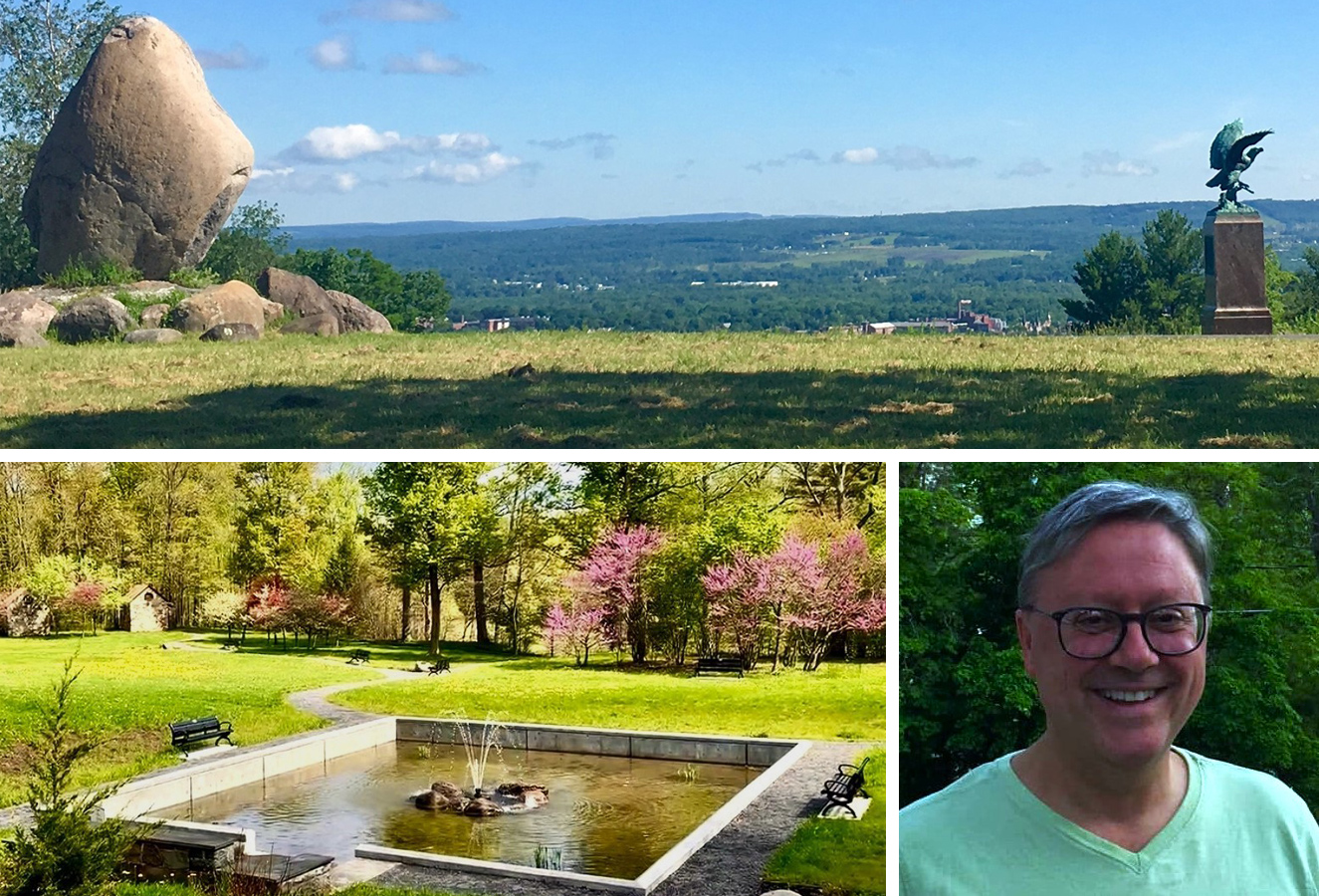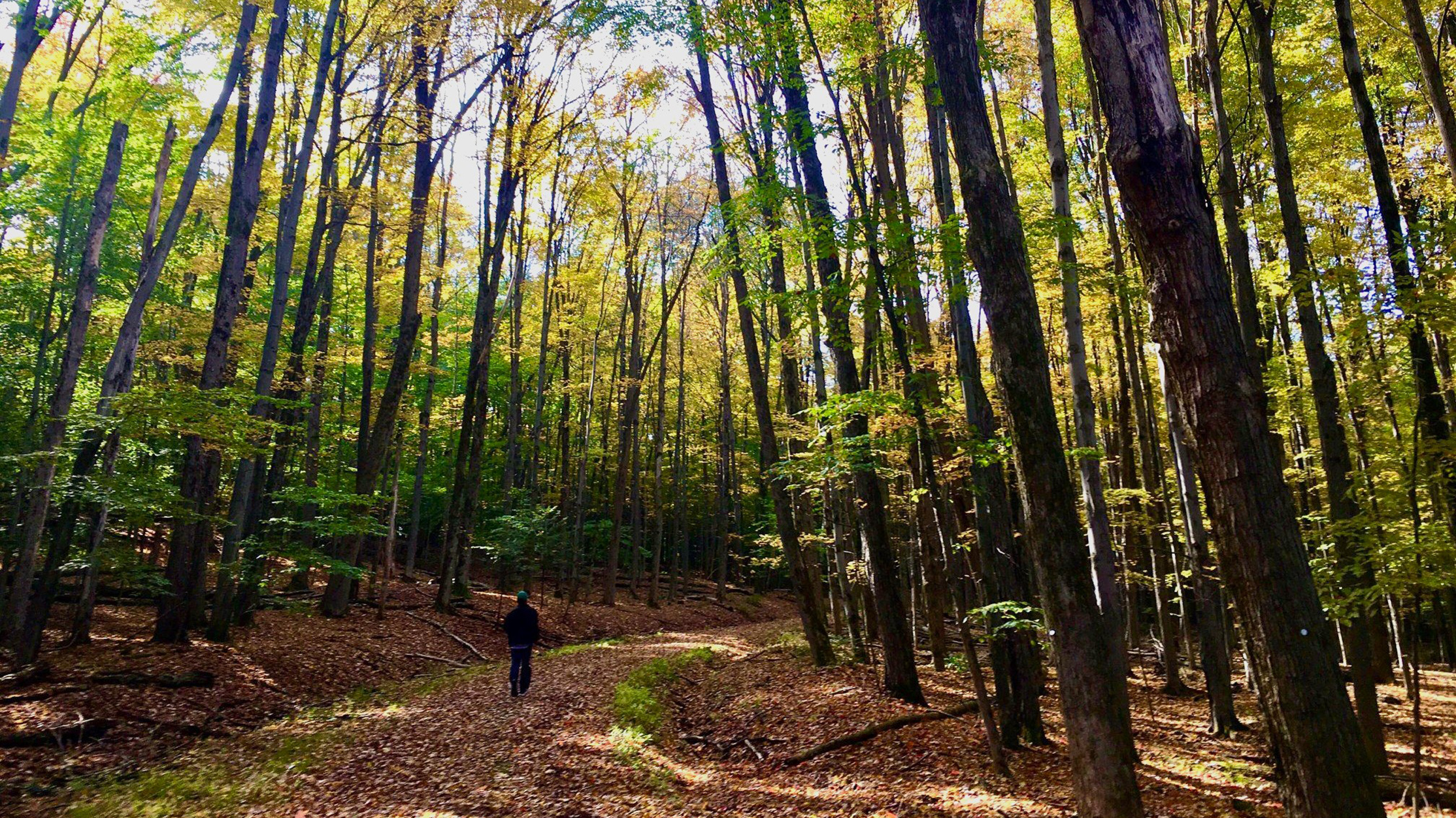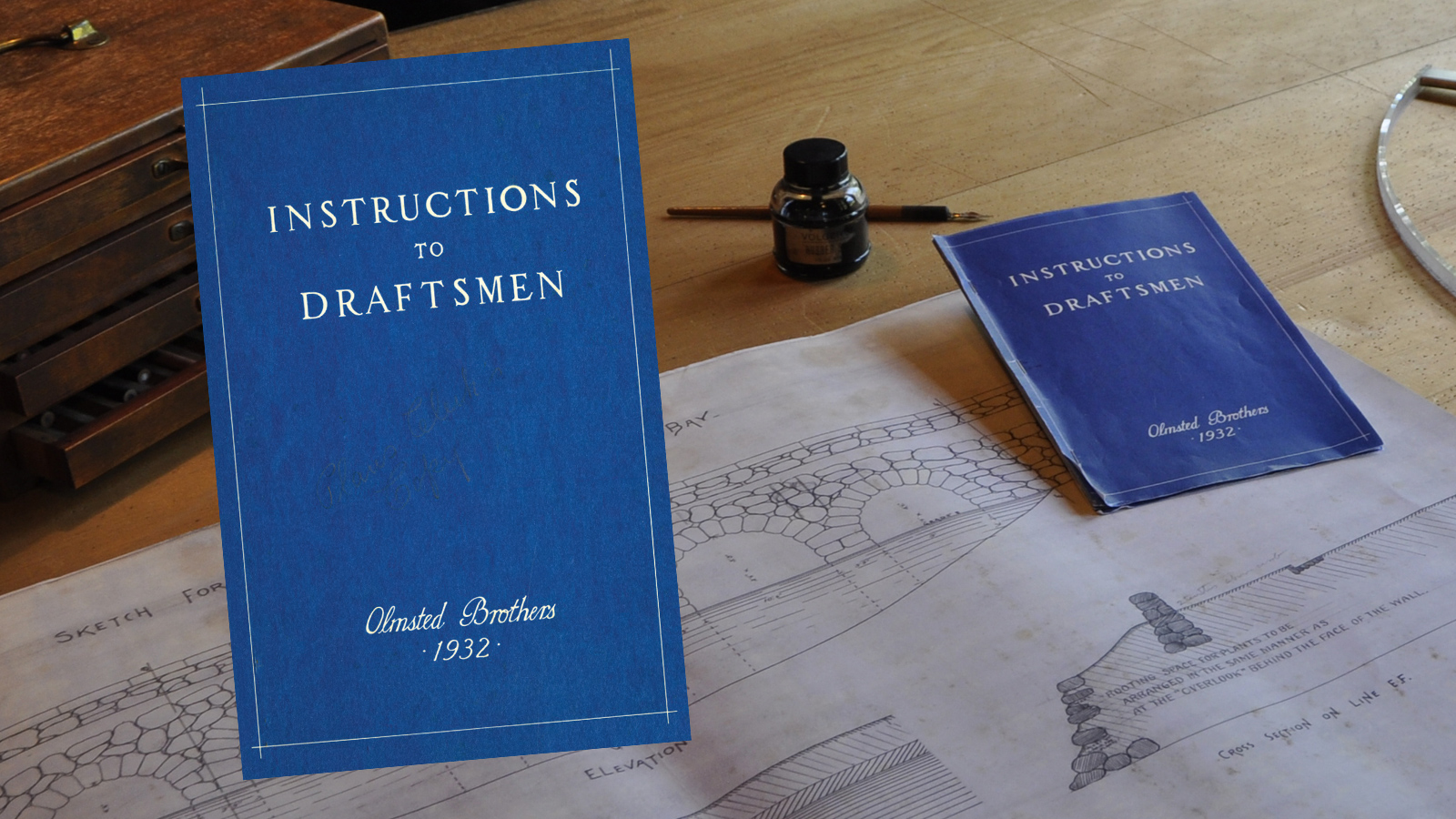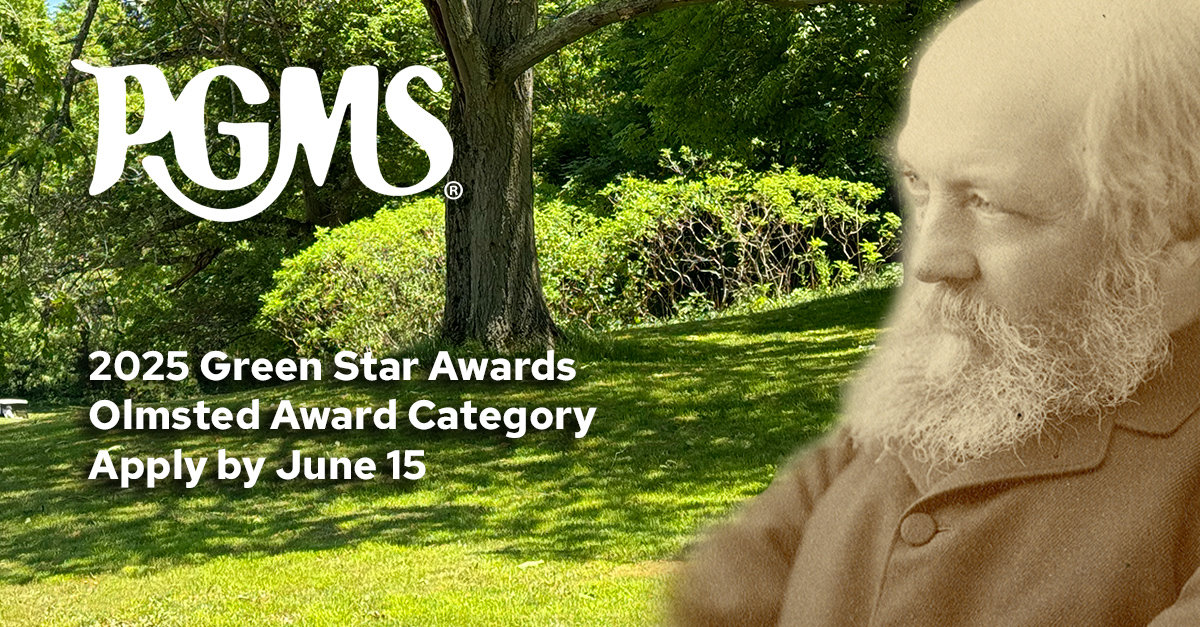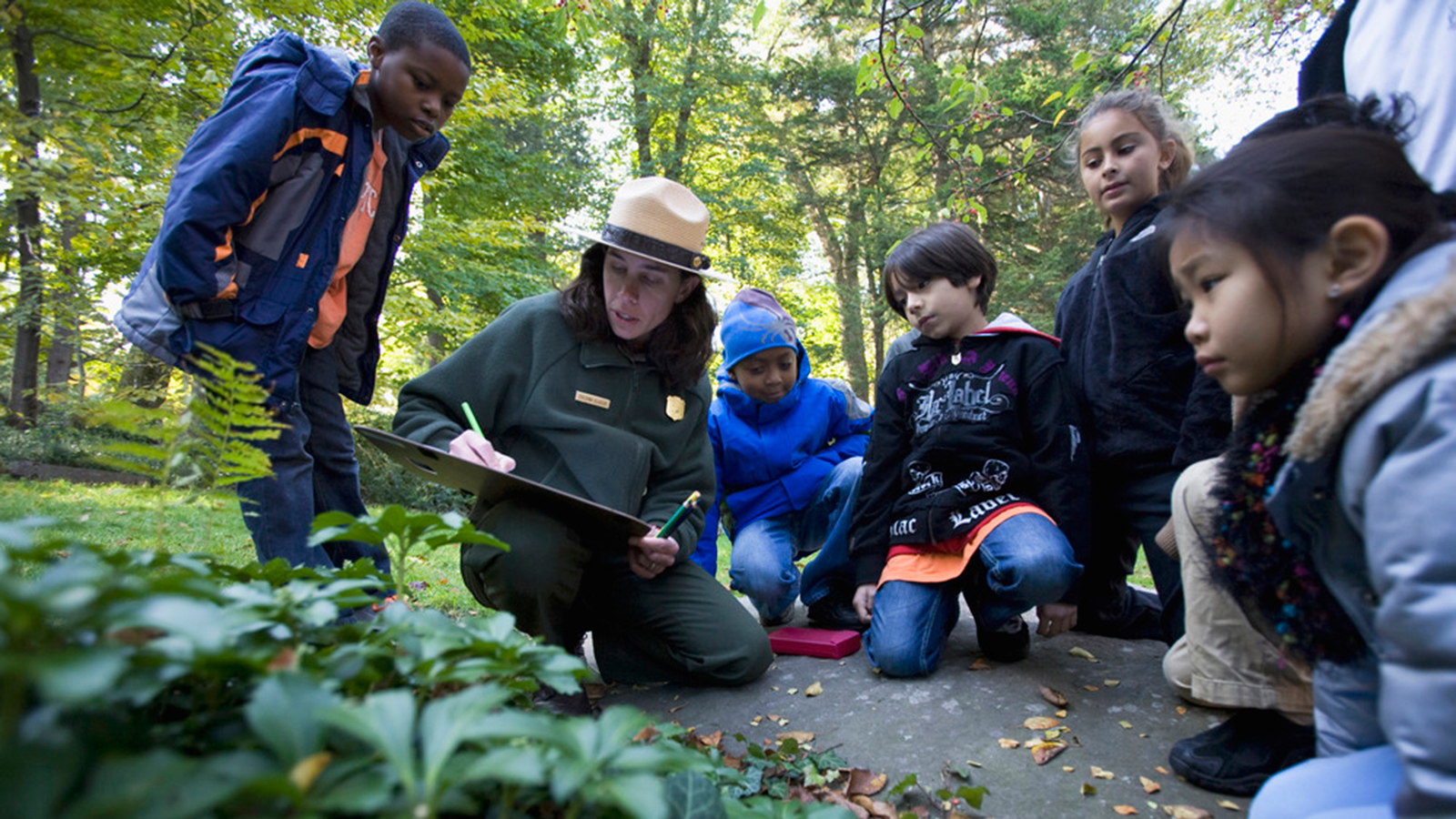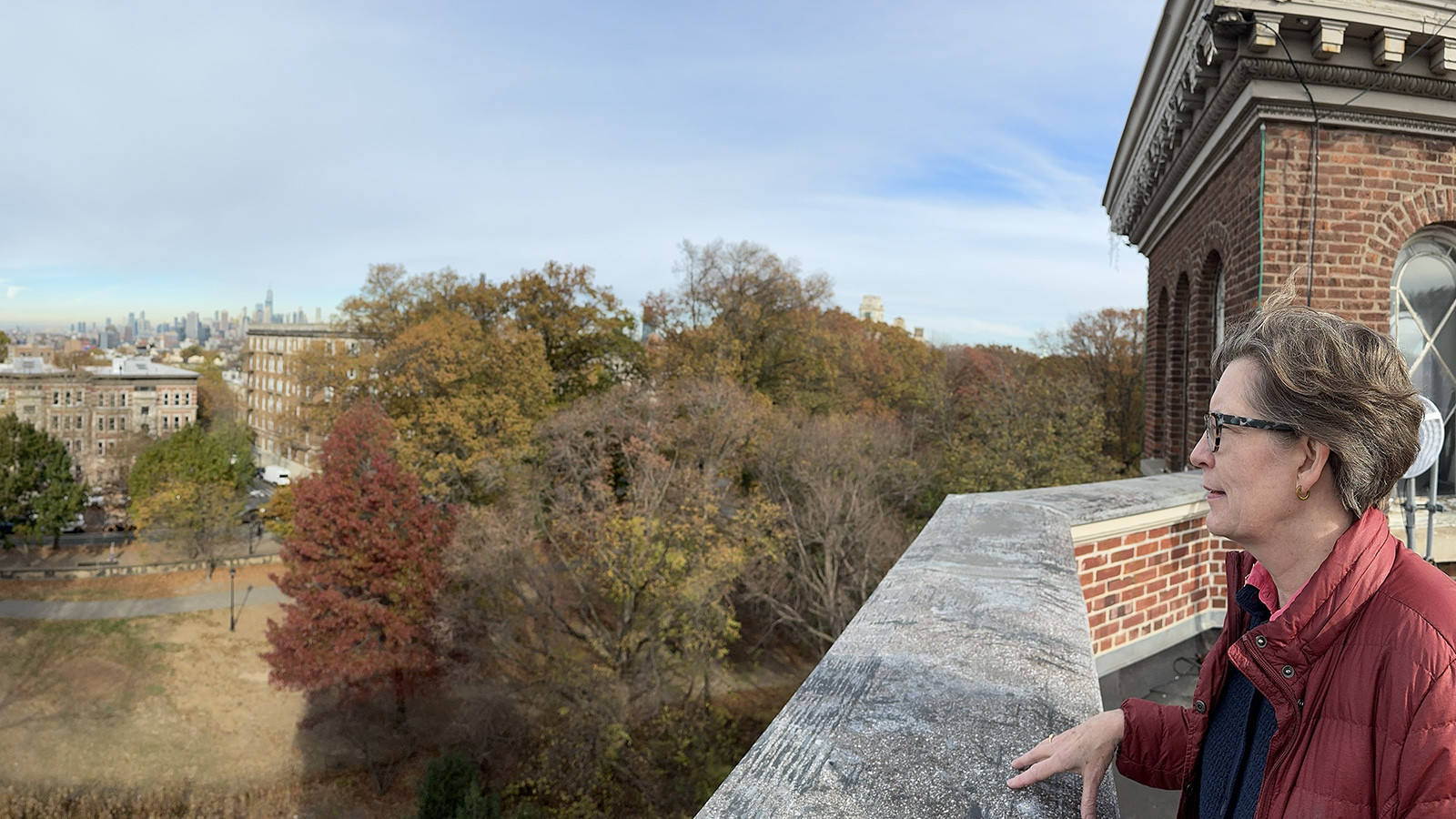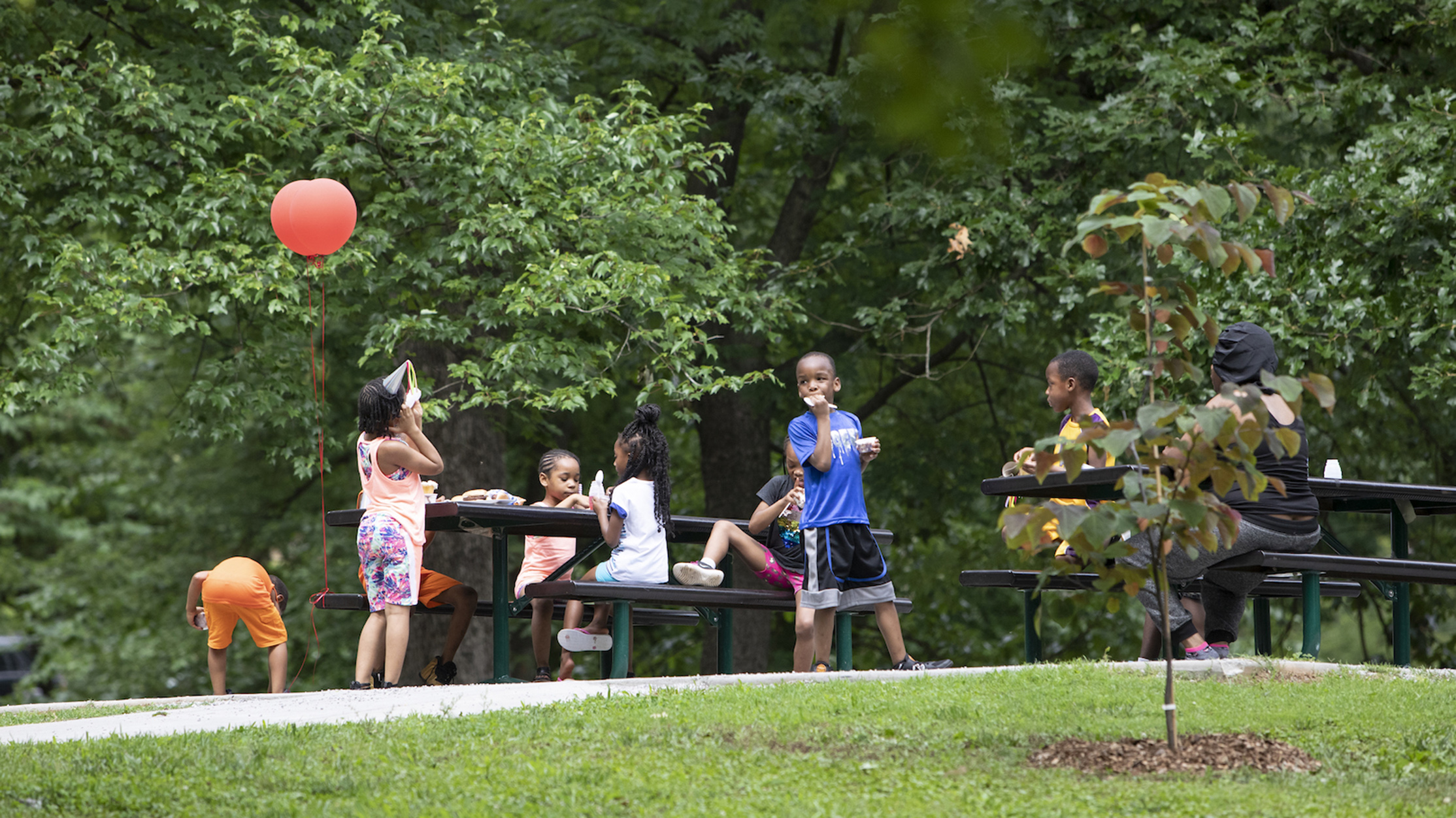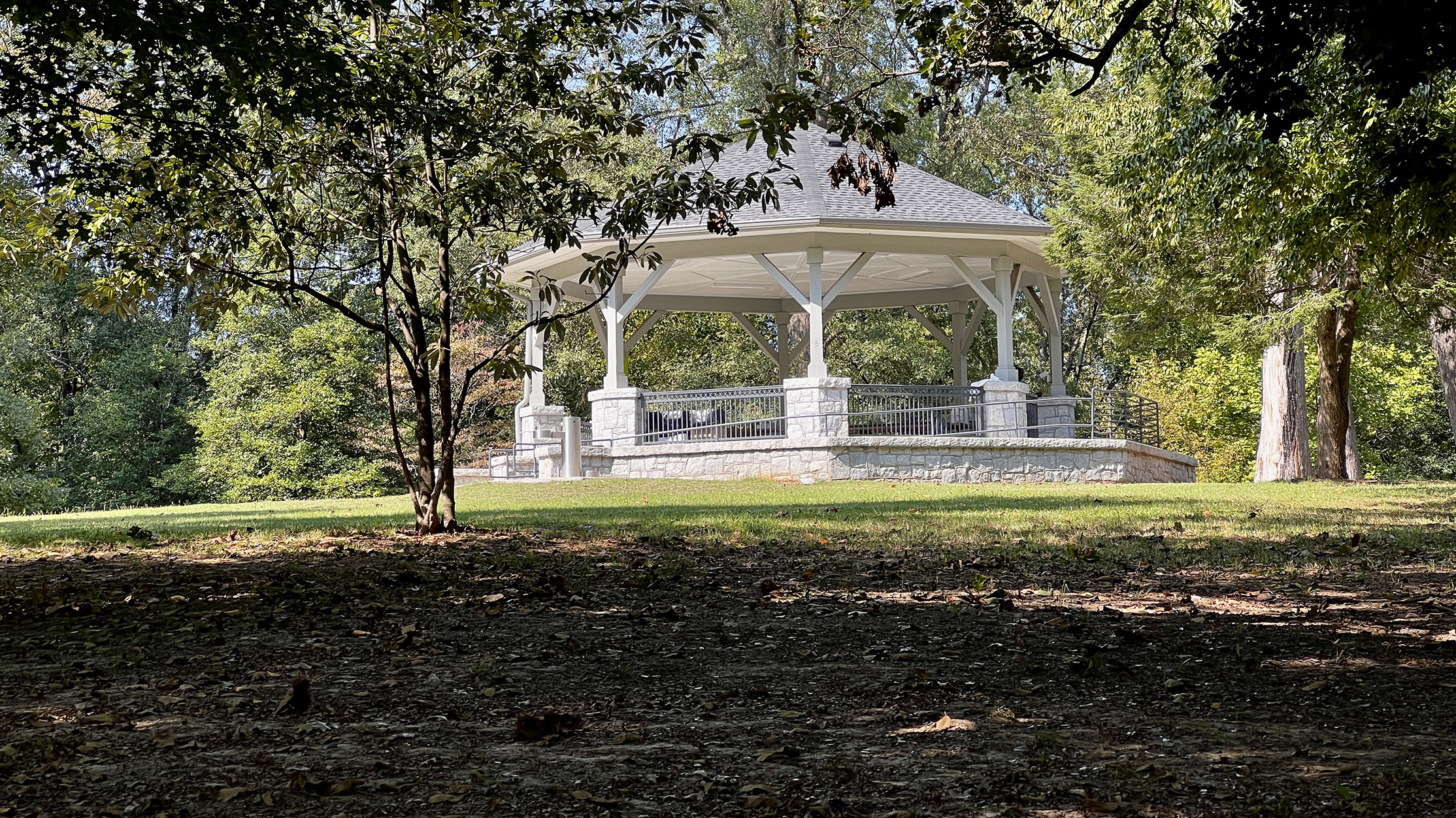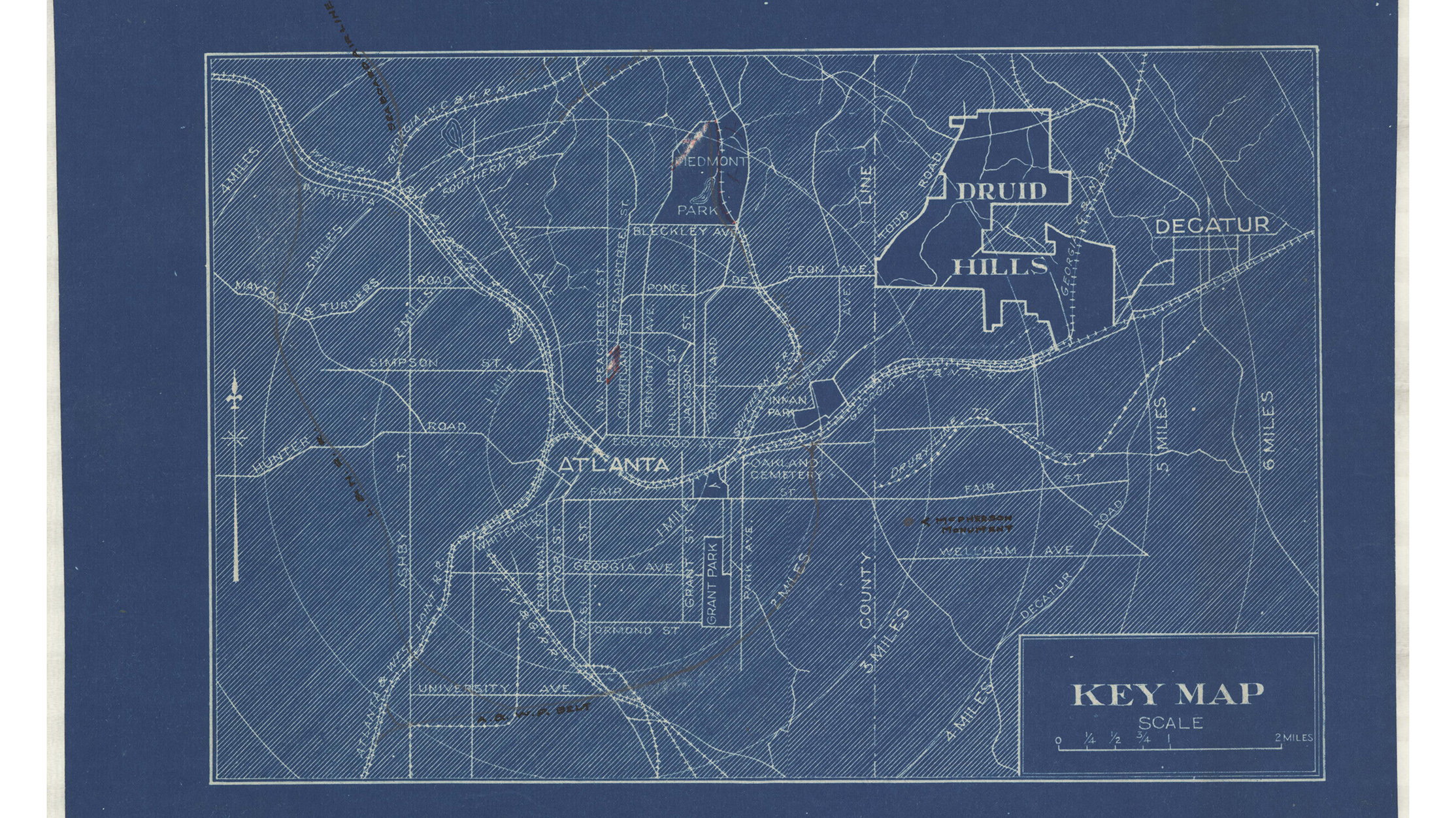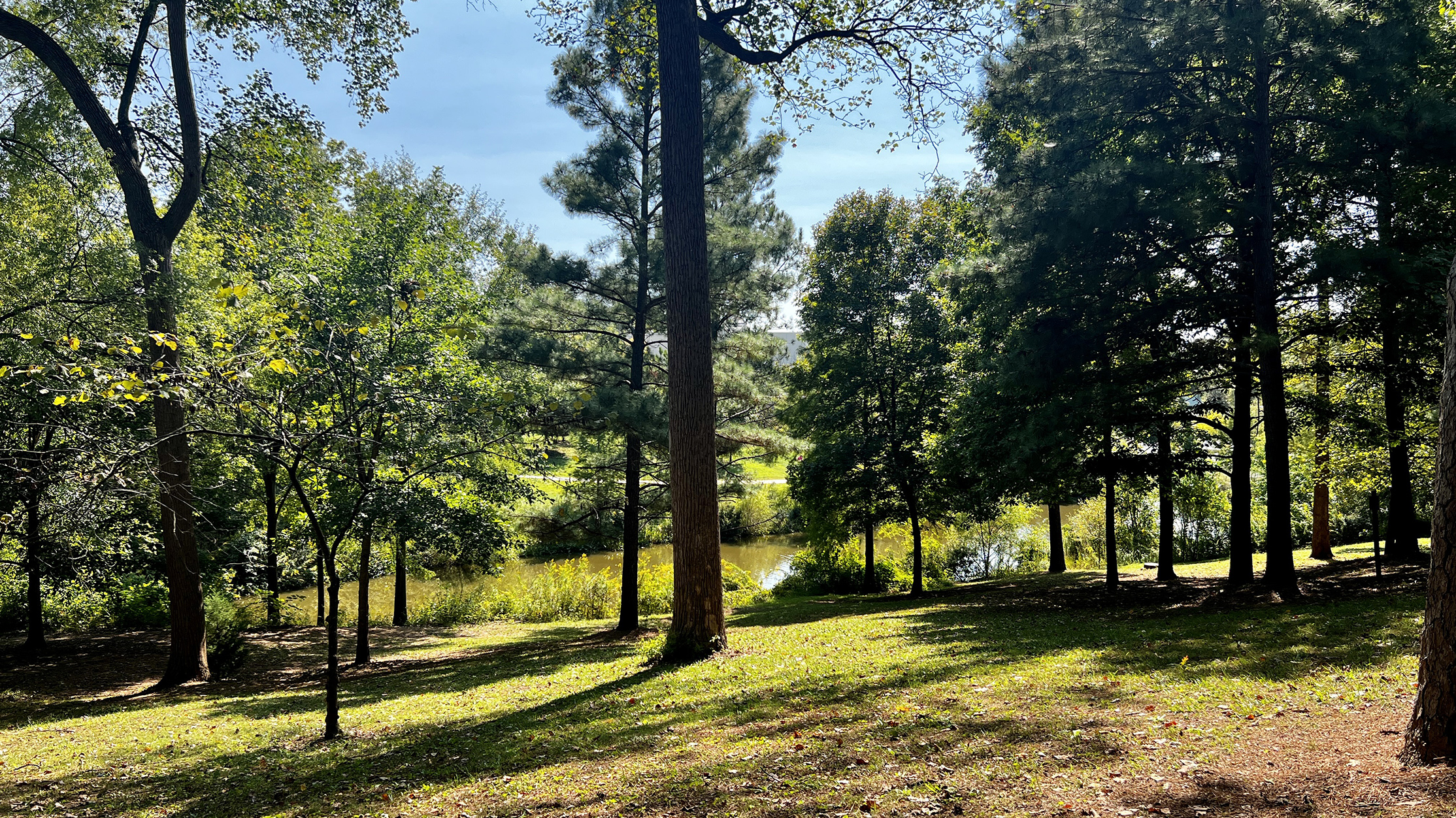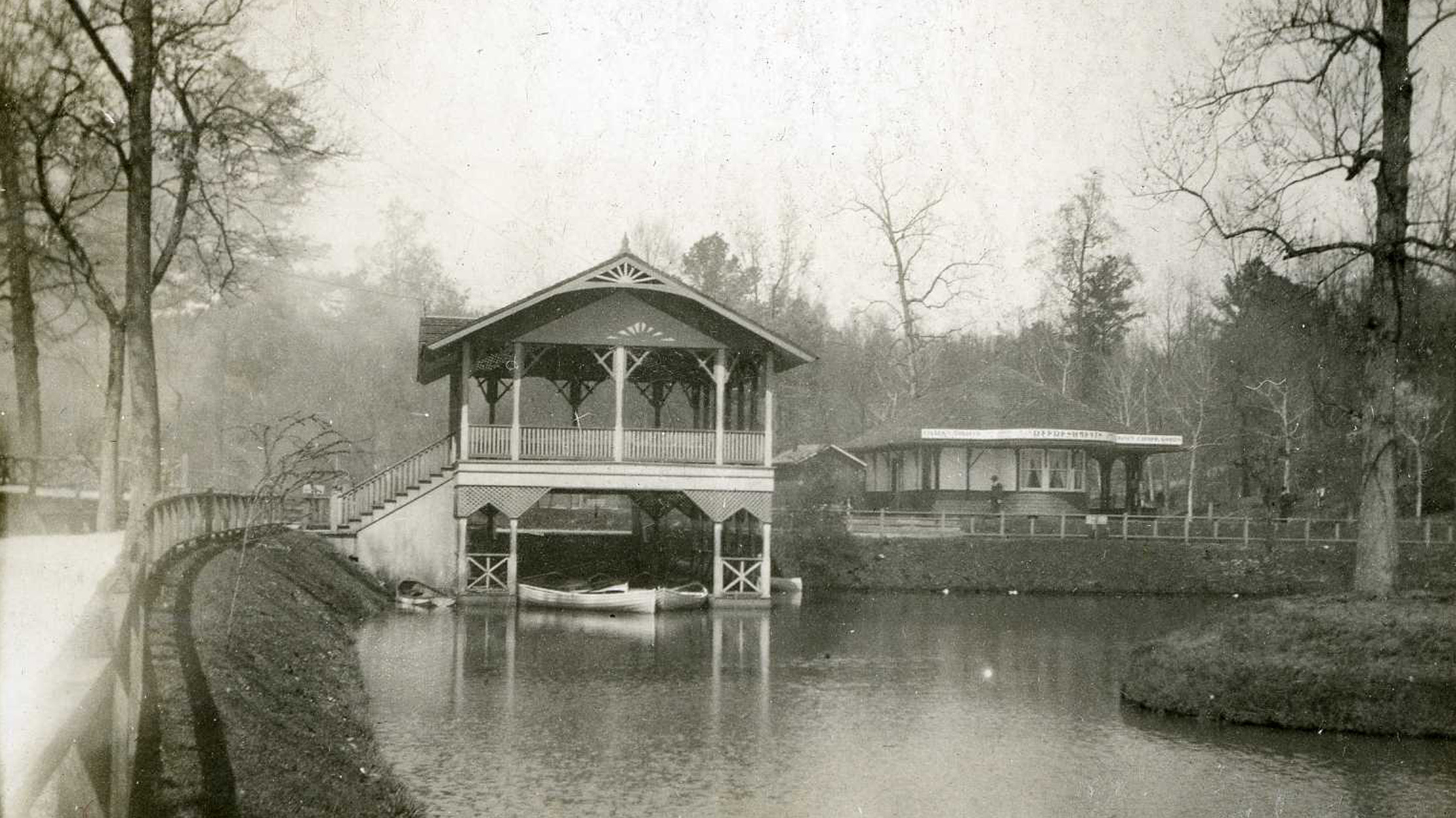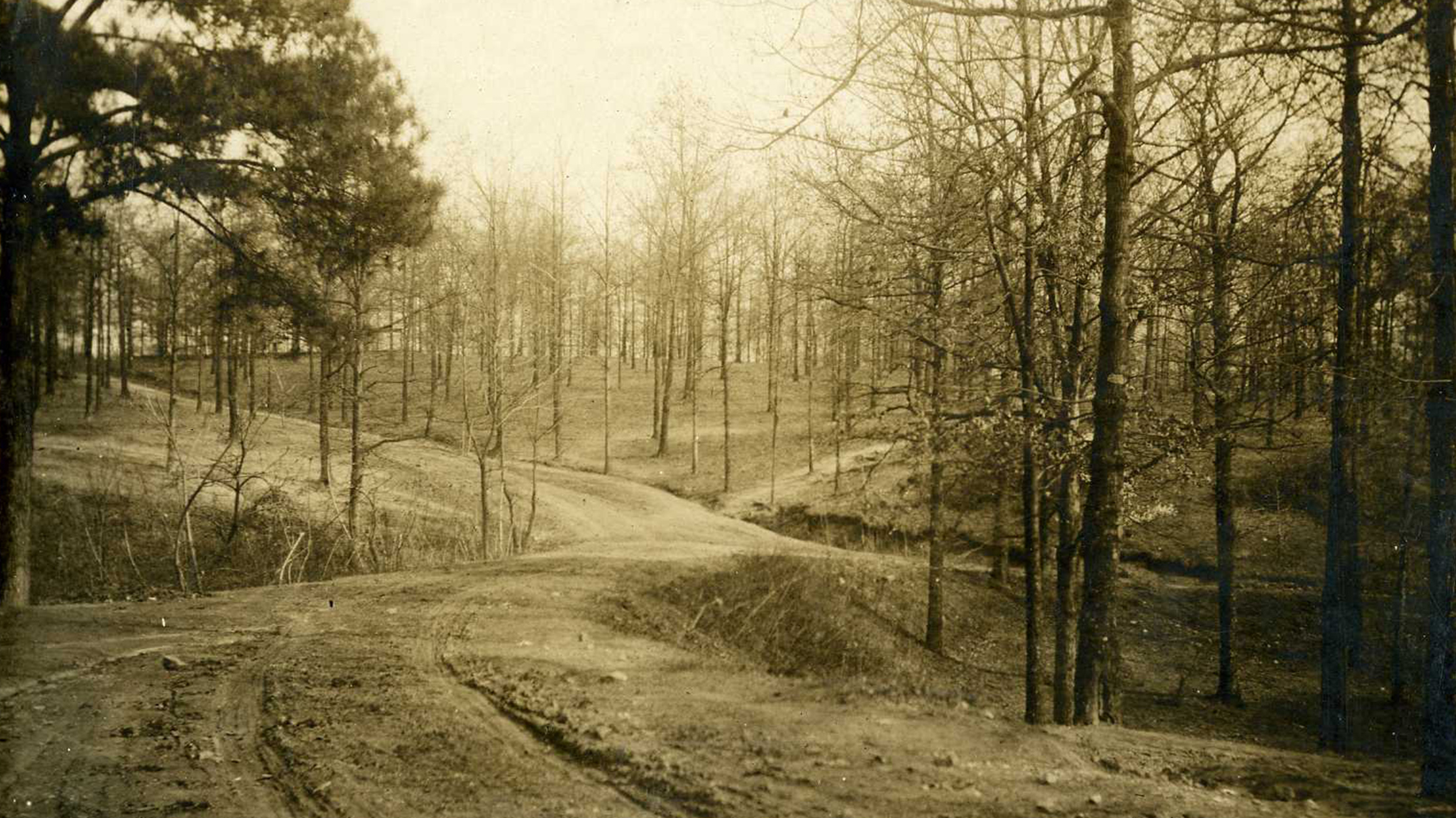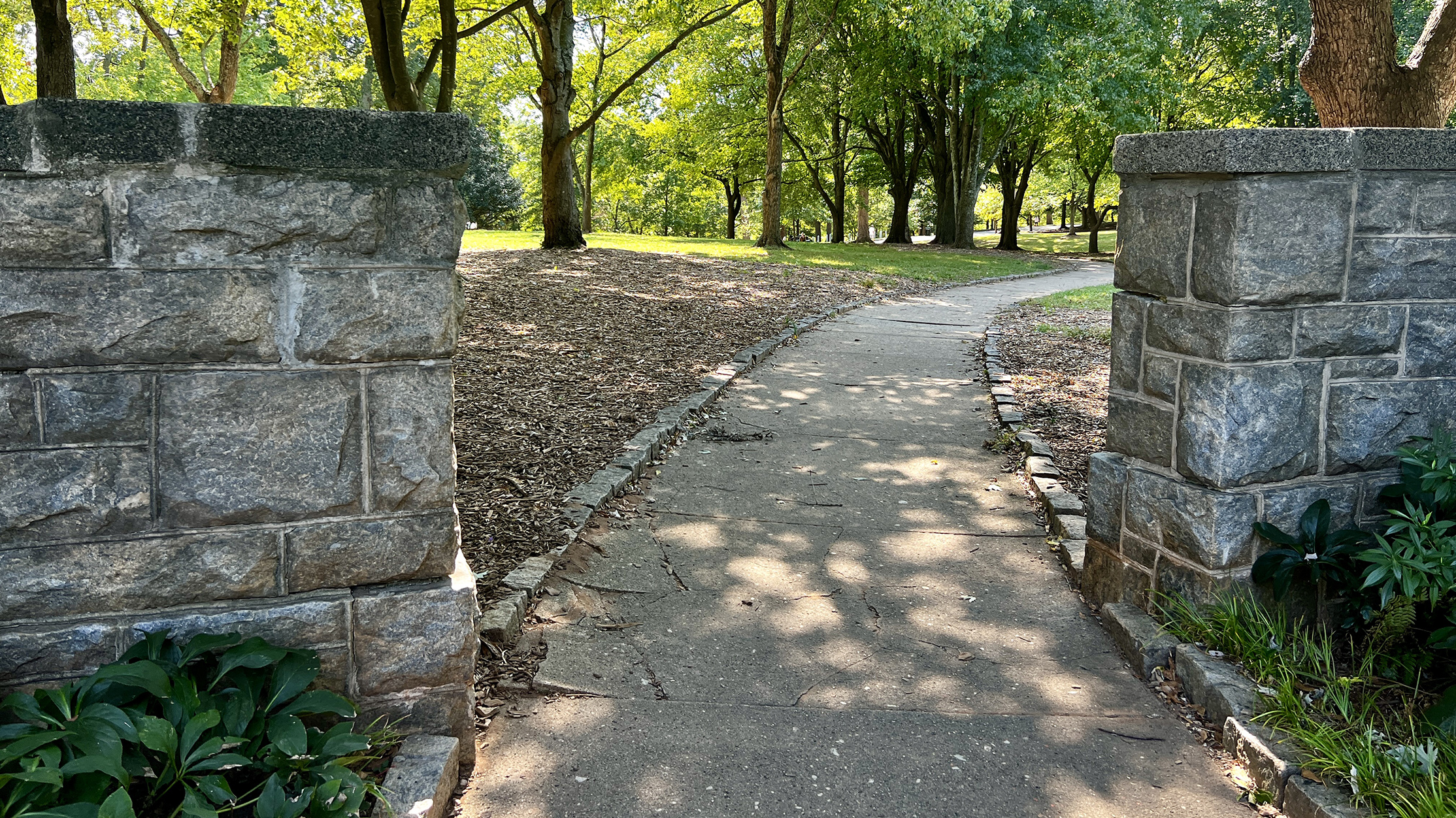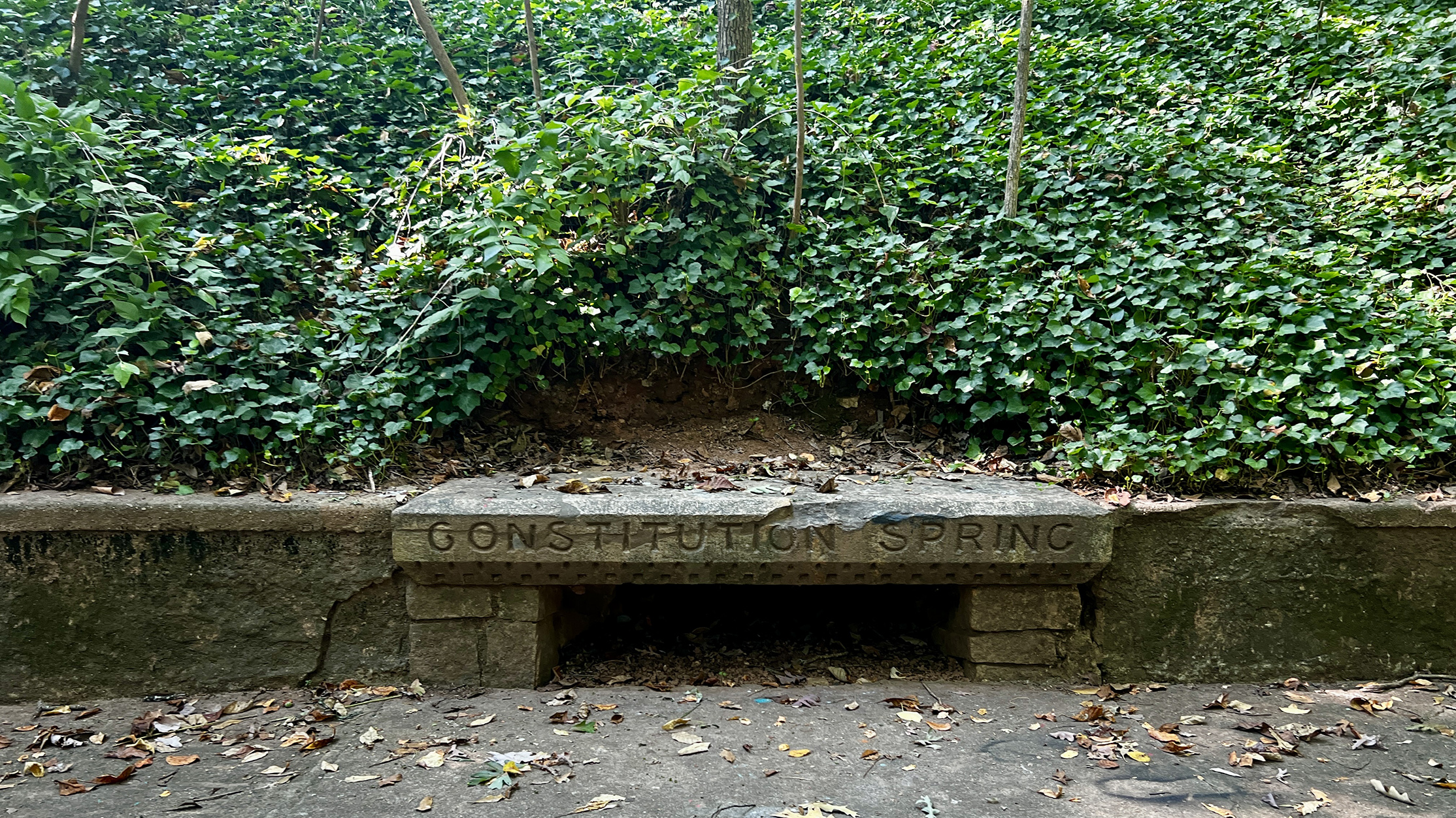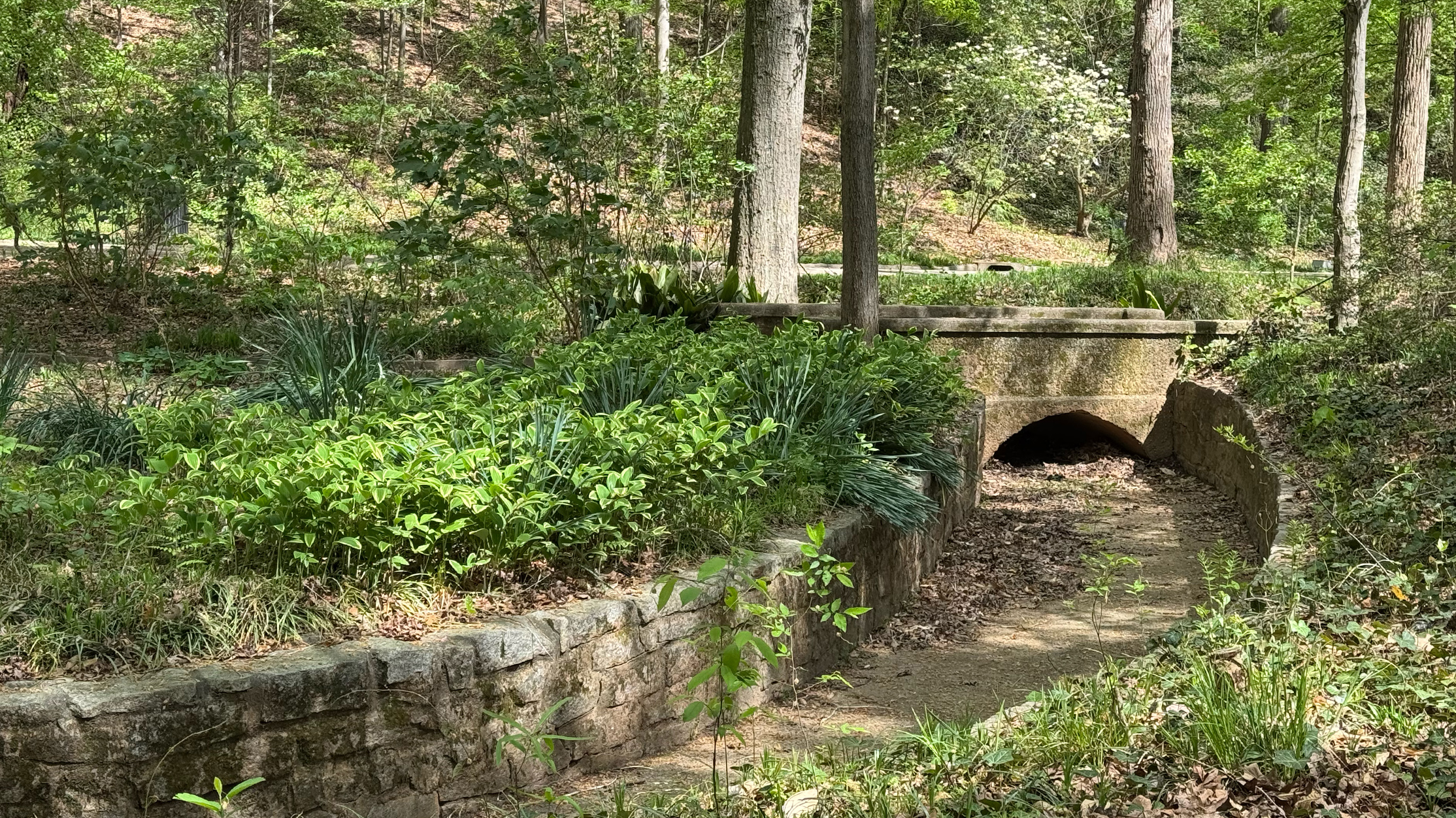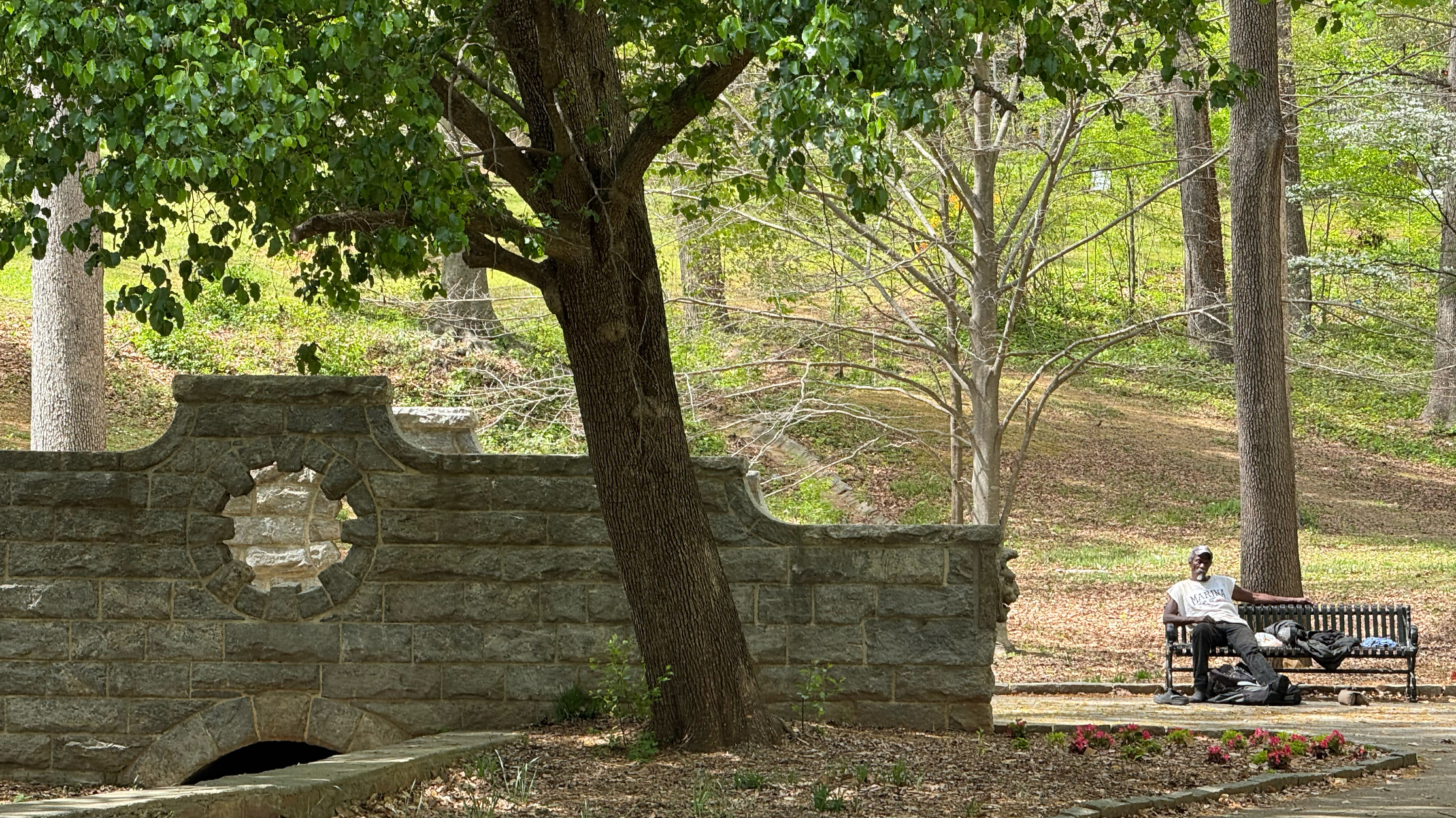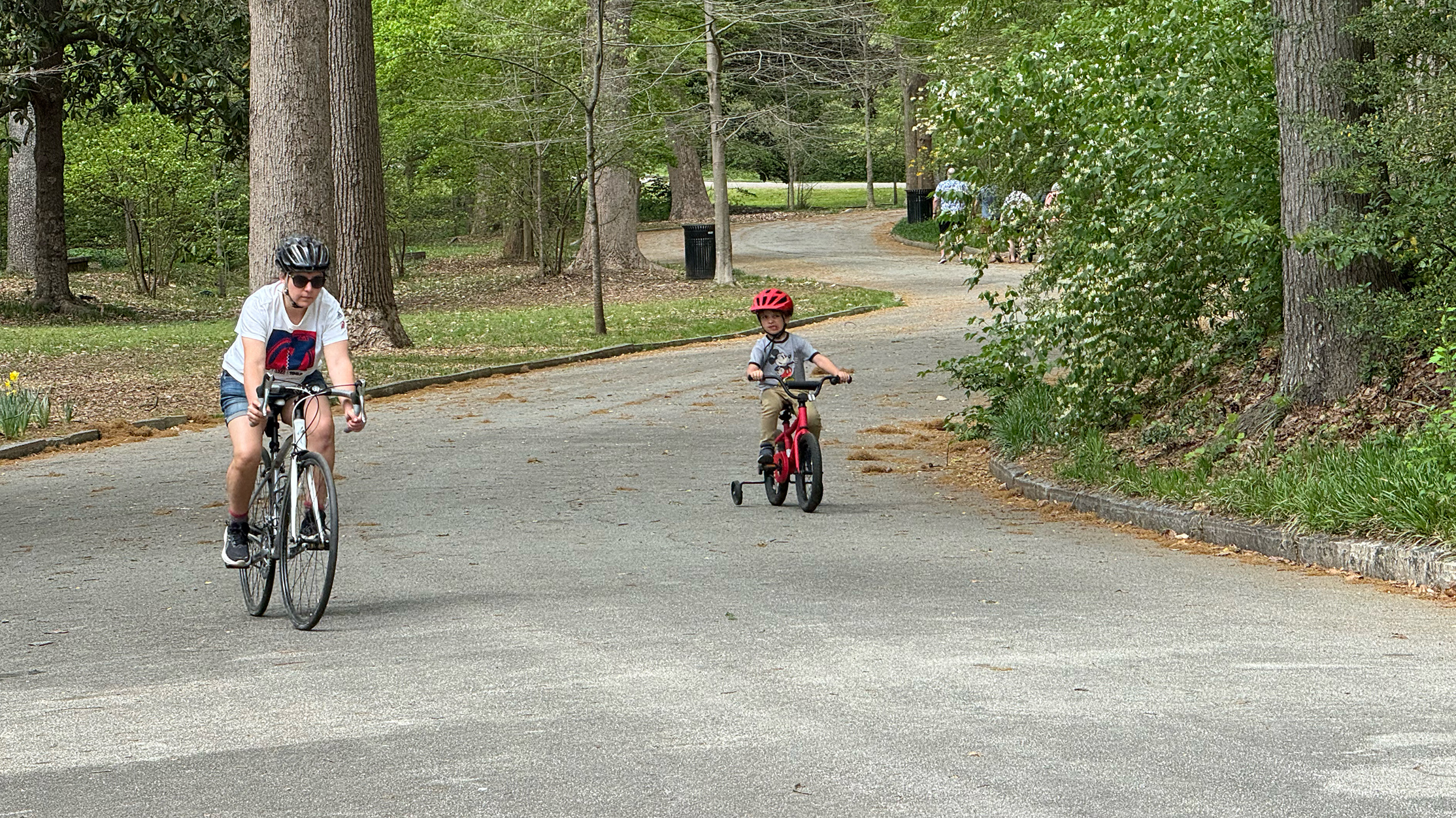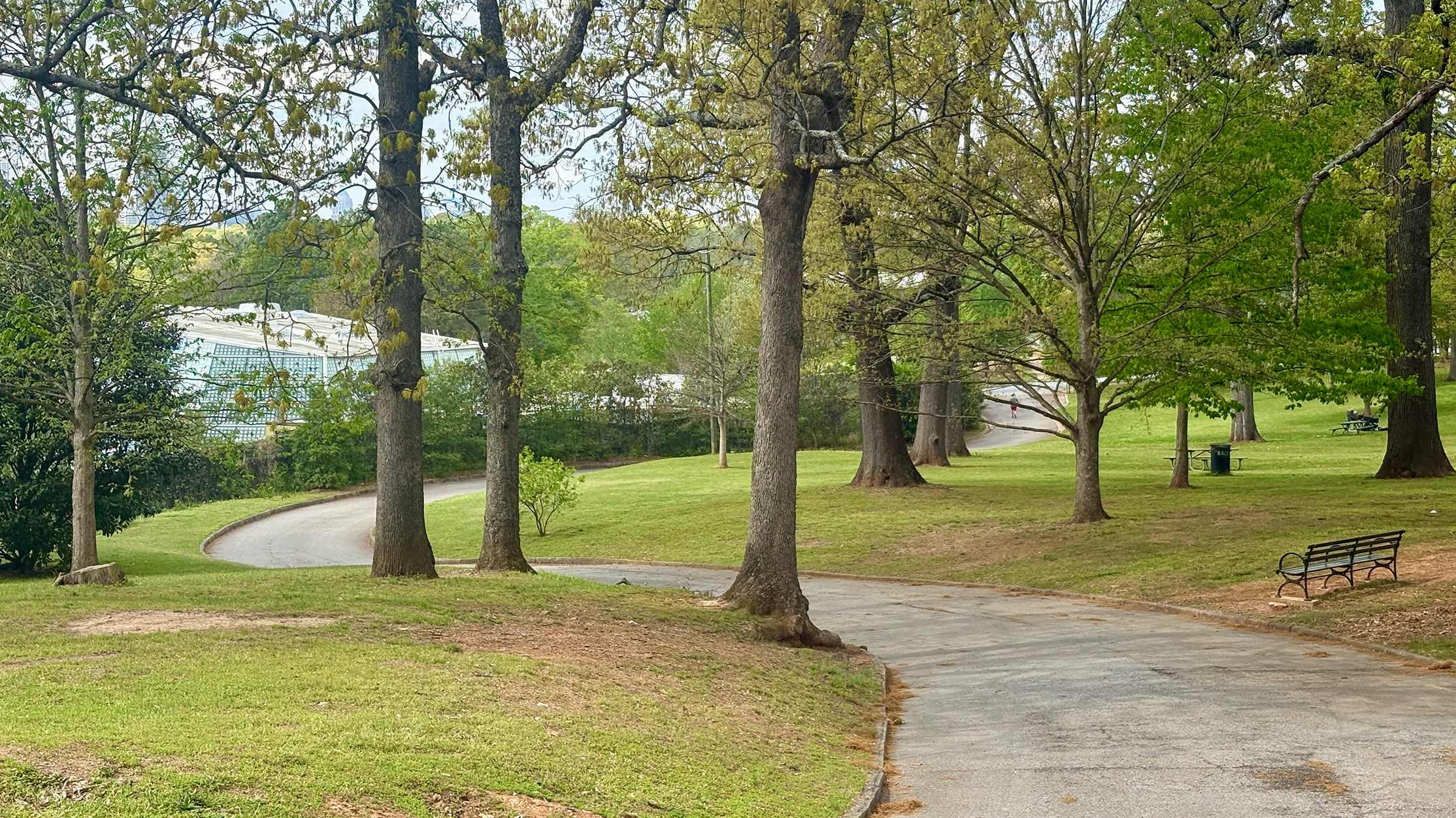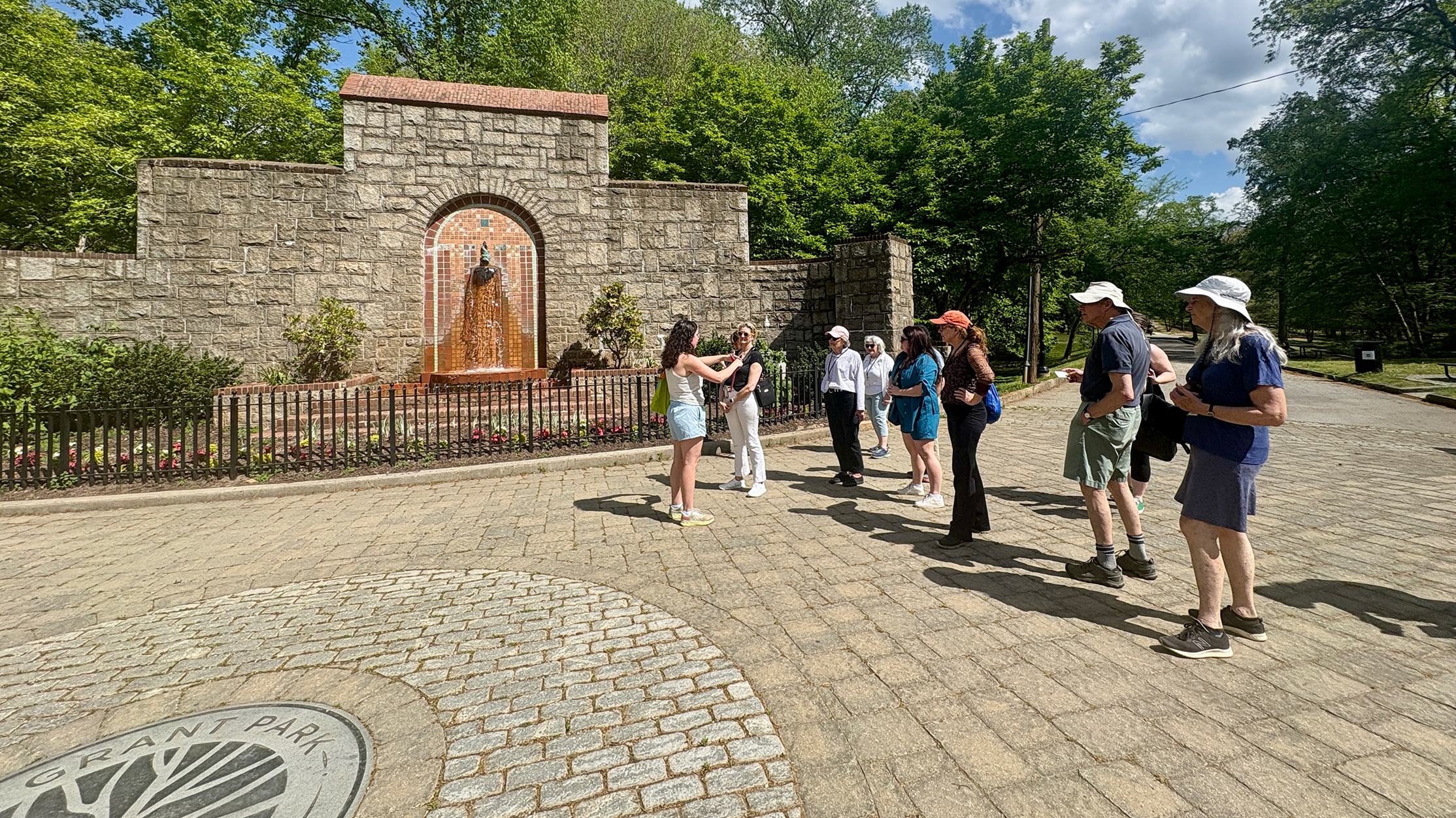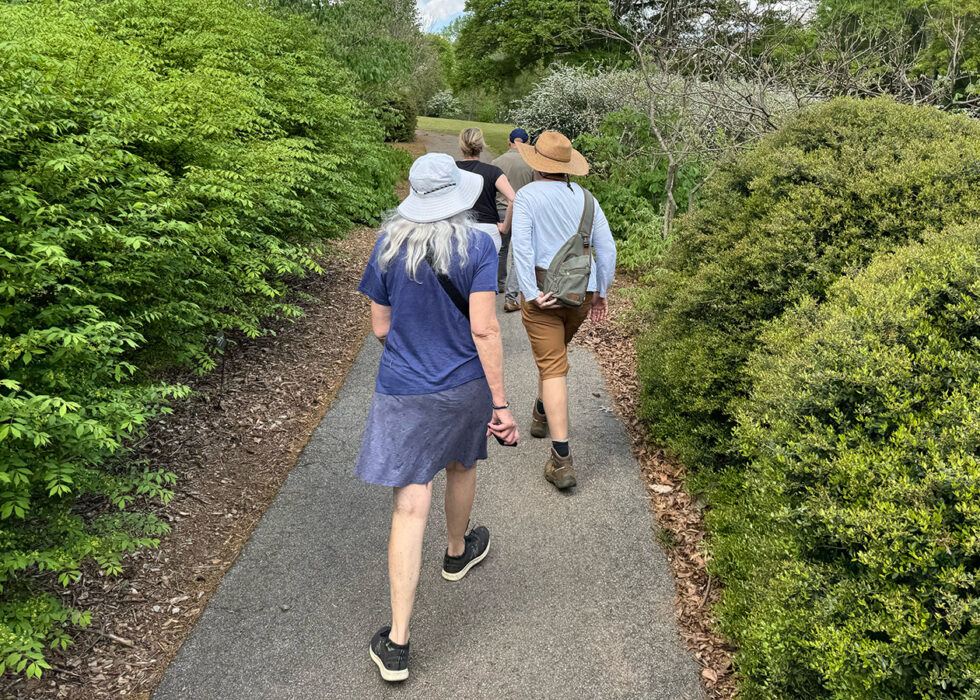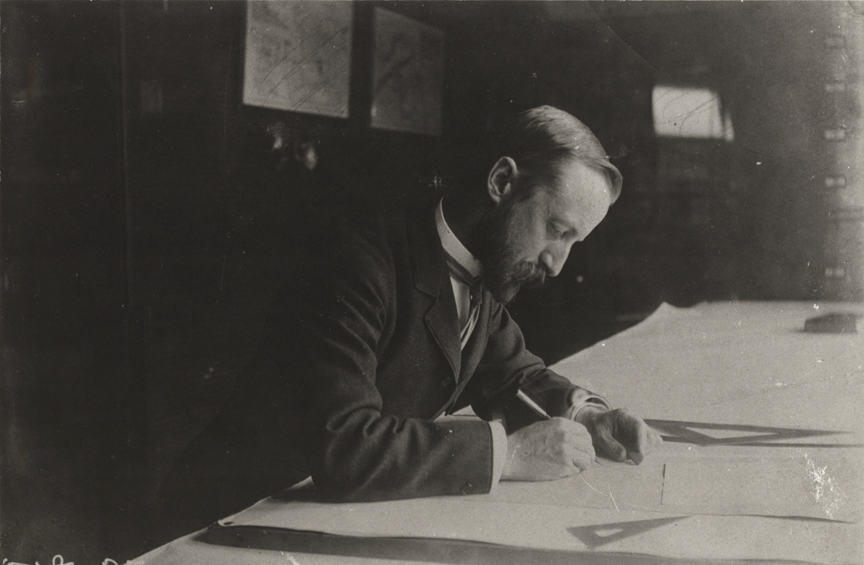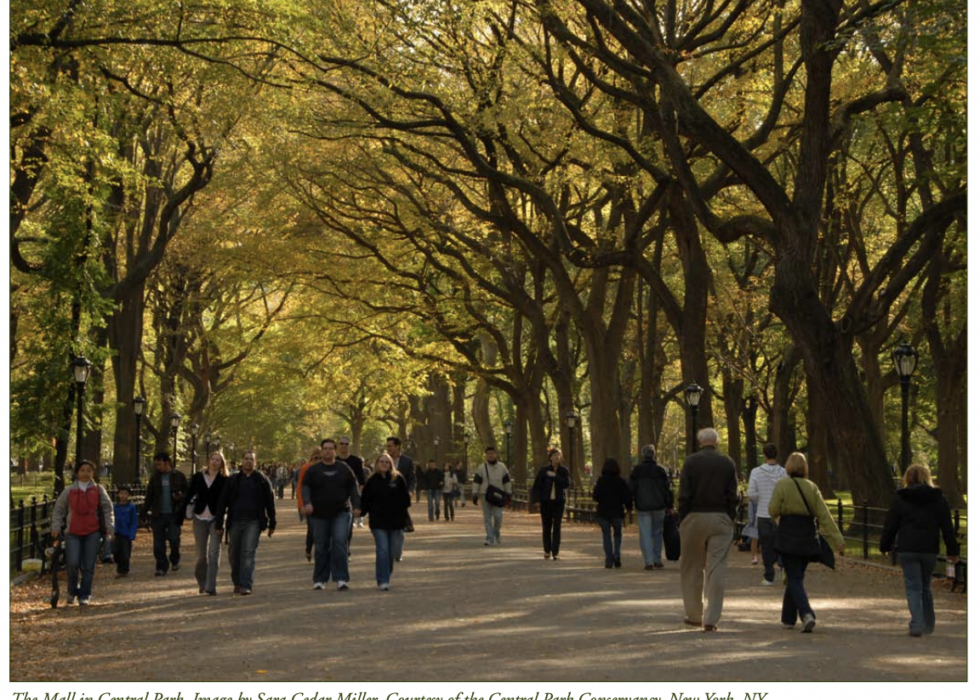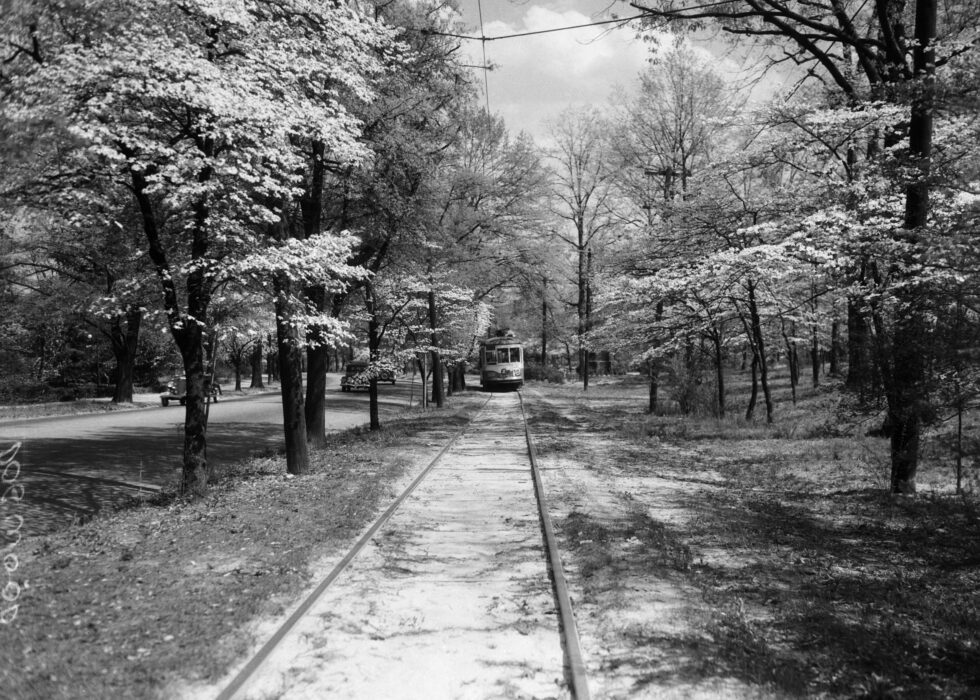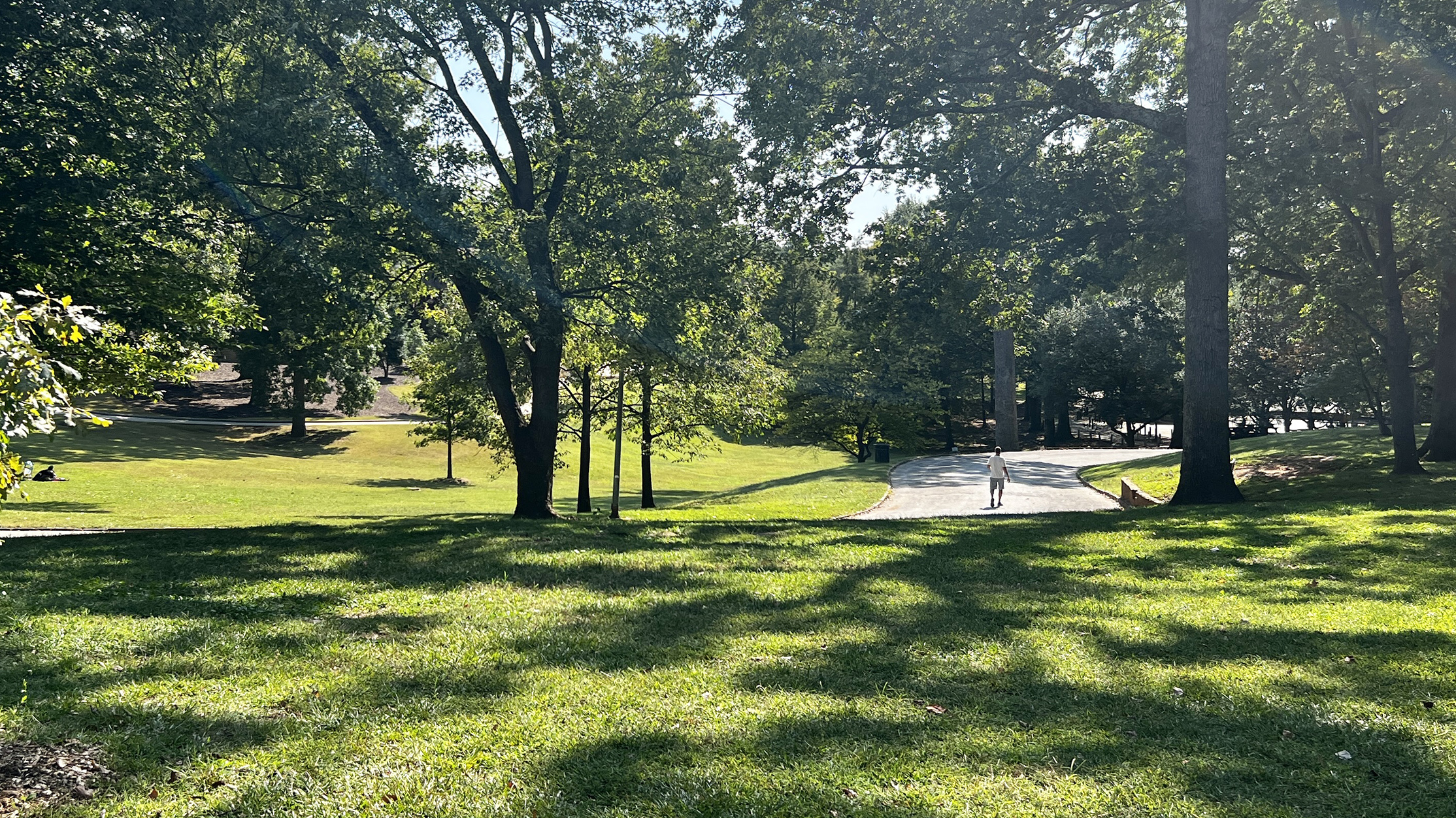
Atlanta, GA
.
Grant Park, often referred to as Atlanta’s oldest park, was established in 1883 when railroad engineer and philanthropist Colonel Lemuel P. Grant gifted 100 acres of land to the city “for park purposes for all Atlantans”. The park and the Victorian neighborhood around it— both called Grant Park— are named for him.
With the help of the city’s first parks commissioner, Sidney Root, Grant Park officially opened in 1883 and quickly became a popular attraction. The next 20 years saw the addition of a zoo and the Cyclorama, a circular painting of the Battle of Atlanta. Lake Abana provided park-goers with the opportunity to swim, fish and paddle boat.
In 1903, the Olmsted Brothers firm was contracted to create a comprehensive plan for Grant Park, Springvale Park and Mim’s Park and a small square. Later that year, John Charles Olmsted visited Grant Park, sketching and photographing the parkland and its context.
Olmsted noted the high quality of the homes in the area and the monotony of oak trees covering the parkland. He proposed a naturalistic planting scheme, which carved out glades by thinning the existing stand of trees and replacing it with a diverse understory planting.
The expansion of Lake Abana to manage storm water is the only known aspect of the Olmsted plan that was carried out before a new administration interrupted the firm’s work and made many conflicting changes.
Olmsted visited Grant Park again in 1909 to draft planting plans, pedestrian circulation plans and designs for a field house, ball field and tennis courts. It appears that only the ball field and tennis courts were implemented.
The park thrived in the 1910s and 1920s, welcoming a new Cyclorama building, granite entry gateways and a gazebo at the park’s center.
Over the next three decades, changes to the park continued without regard for the Olmsted plan. Roads were paved, ball fields were expanded and Lake Albana— and the large pool adjoining it— were filled in for additional zoo parking.
In 1979, the park (as part of the Grant Park Historic District) was added to the National Register of Historic Places.
The 1990s saw significant re-investment after years of neglect. The city commenced with a new Master Plan for the park, and in 1999, Grant Park Conservancy was founded to help champion the park.
In 2022, the Conservancy received the Urban Design Commission’s Award for Excellence in Historic Preservation for its work restoring the 1927 Milledge Fountain, the 1896 Erskine Memorial Fountain and the c. 1890 Lion Bridge, which was an original carriage entrance into the park. The Conservancy raised over $500,000 for the restorations, and the work took several years to complete.
Today, Grant Park is Atlanta’s fourth largest park, and Zoo Atlanta, which occupies roughly 40 acres of the park’s 131.5 acres, attracts over one million people per year.
Shared Spaces
Gallaudet University
Gray Gardens
This Cambridge, Massachusetts neighborhood is an example of residential subdivisions that became the firm’s primary focus during the 1920s.




